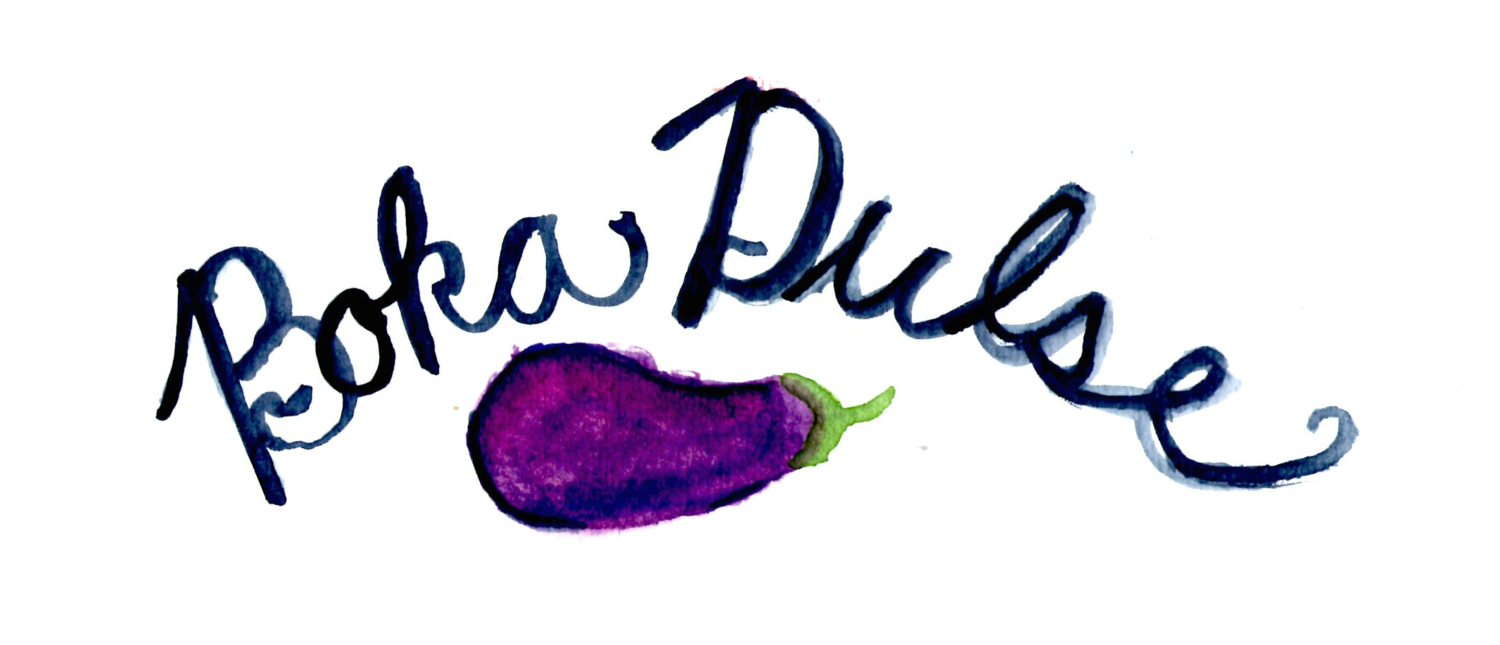As promised, today I am picking back up on the thread that I left untied with our friend Bernard Picart. I thought about him and his print all day, as I had a sweet and slow Iberian Sunday: grocery shopping and laundry in the morning, an afternoon visit to the very fun LXFactory, and a relaxing shady return to the Fundaçao Calouste Gelbkenian garden. All things — perhaps excepting the laundry and the groceries — that one should do on a trip to Lisbon.
Back to our old friend — a little visual reminder :)
Tourism recommendations aside, part of the reason that Picart was on my mind all day was due to the fact that Lisbon is an incredibly aesthetic city. And I don’t mean aesthetic to mean curated, or simply hip – which of course it is – but I mean it in the sense that at every step in this city, there is art. There are images, graffiti, art displays, designs, random collections of things everywhere here. A lot of it is very cool, some of it is meh – but all of it contributes to a sense that art is part of the daily fabric of life here.
A particularly Sam the Eagle-themed graffiti at the LXFactory.
While of course it may be the self-selecting experience of someone who admittedly gravitates to all things art-related, all of the art that was part of my daily experience got me thinking about the fact of Picart’s project: to represent an Other’s “daily” experience – specifically that of the Portuguese Jews. The print for which I battled the obstinate archivists at the Biblioteca Nacional, though depicting a ritual meal for the holiday of Passover, was really just one within a series of etchings representing different facets of Portuguese Jewish life in Amsterdam. I put the daily in quotation marks because the etchings don’t really show daily life – they include images of the dedication of the main Portuguese synagogue; the holiday celebrations of Sukkot and Rosh Hashanah; the preparations for these special days as well, as in one etching depicted a game-like Portuguese Sephardic ritual to “inspect the leaven” i.e., search out the hamets (leavened products like flour and bread) to clear it out for the holiday. But taken together, I find that they do give a sort of broad glimpse into what it was like for this community to “do Judaism” in a regular, ritualized way – seen through what Samantha Baskin, in her article about this group of etchings, so eloquently calls “Picart’s favor for the normal.” For this reason, I find these etchings so compelling even, as we should remain equally aware of Picart’s supersessionist, eighteenth century perspective – as you may recall, the one that ultimately viewed Christianity as the ultimate improvement on Judaism.
Picart’s etching “The Sound of the Shofar on Rosh Hashanah” (ca. 1733-1739). Source: Wikimedia. I love the different ways each man is sitting as he listens to the sound of new year.
Picart’s “The Meal of the Jews During the Feast of the Tabernacles” (ca. 1724). Source: Wikimedia. There is food in this one as well, though it seems to serve a different purpose than in the Passover etching — more on this soon.
Among these different etchings, though, this Passover meal particularly stands out as an ever so slightly more intimate form of normalcy. The other etchings tend to catch the community at their most formal and outward-facing; in the etching of the synagogue dedication, for example, the grand scale of the building is balanced by well-dressed women and men exchanging pleasantries over the separating wall. Even the more “internal” images depict this community as ideal in their formality; Baskin points out that this is notably different than the prints depicting Ashkenazi families, who are often depicted as boisterous and messy. Unlike their Portuguese Sephardic neighbors who appear as quiet, well-dressed in Dutch fashions, and decorous, their Ashkenazi counterparts do not visually play the role of the “model minority.” There’s more to be said on this difference and why Picart made it so visually obvious -- but for the sake of brevity, I will just say that for all of these reasons, this scene of a Portuguese Sephardic family smiling and breaking matsa around their family dinner table stands out to me as a shade more intimate than the others in the series. In Picart’s images, just as in the art that caught my eye around the streets of Lisbon today, there are not neutral messages. And I believe that an important part of this is the presence of food as a medium expressing and giving place for this intimacy — in Picart’s work as much as in Lisbon street art.
Hands touching in Picart’s etching.
An embrace at the LXFactory.
Since it is late here, for now I will leave it here. But in my next post I’m going to continue this discussion of this image and specifically how when we focus on the food in it, so many more understandings of the etchings’ implicit and explicit messages become possible – plus, there will be some discussion about our mysterious friend with the wine from a couple posts ago. So, if you have any hypotheses on him, feel free to comment below or send me a message! I’ll compile them to include in my next post and, who knows, you might even get a shout out ;)
Until then – good night!
A fabulous food-themed mural with a social conscience outside of the LXFactory.







